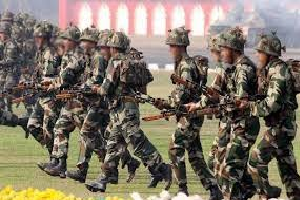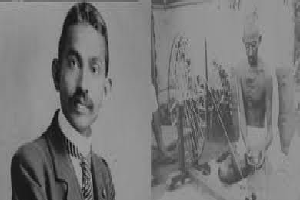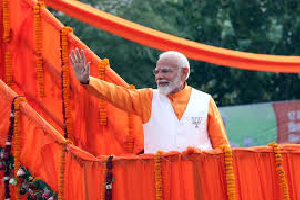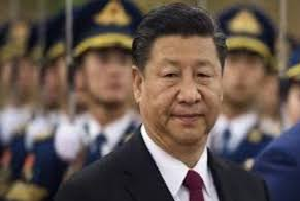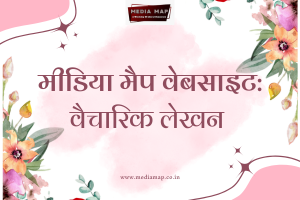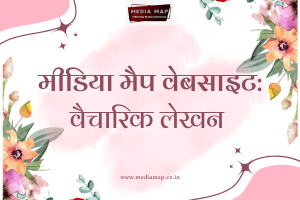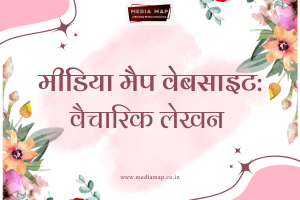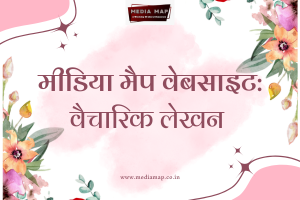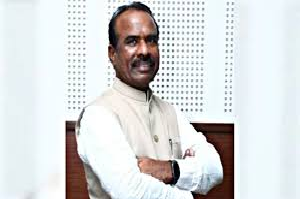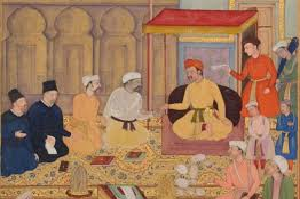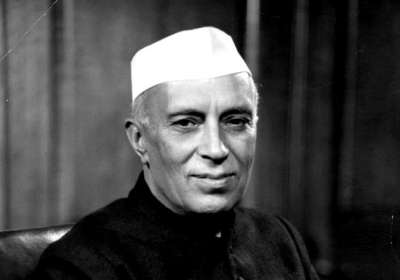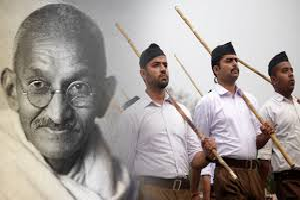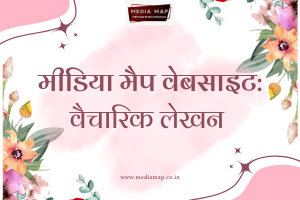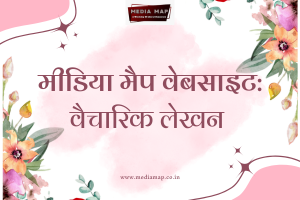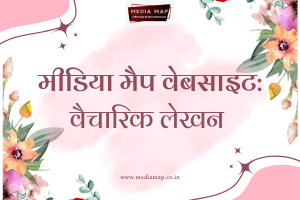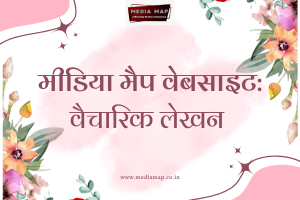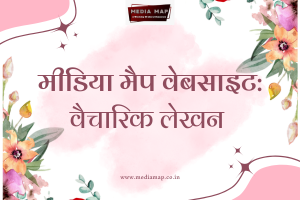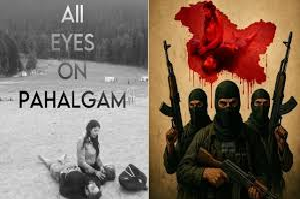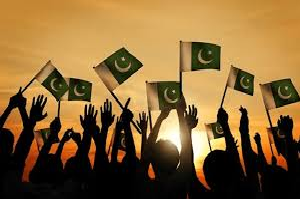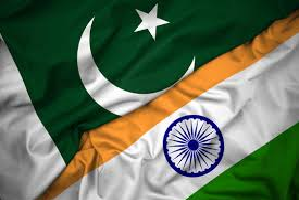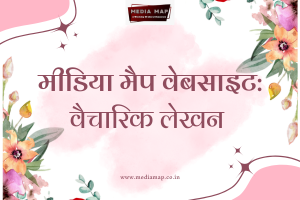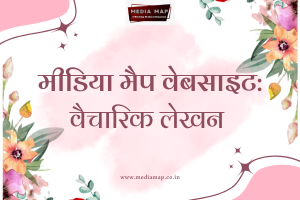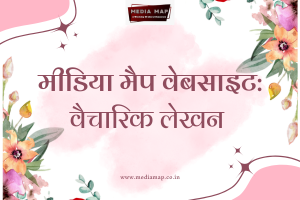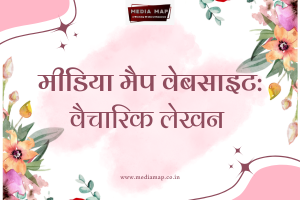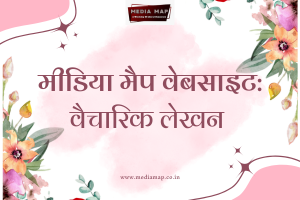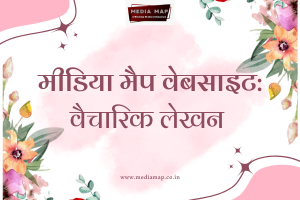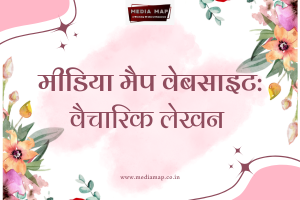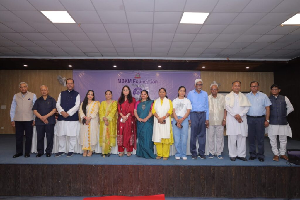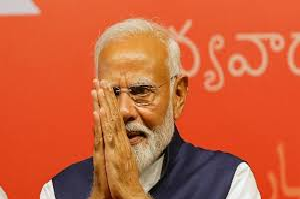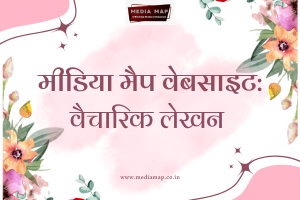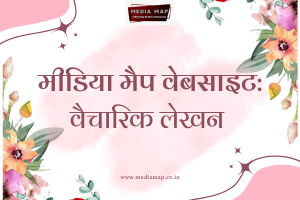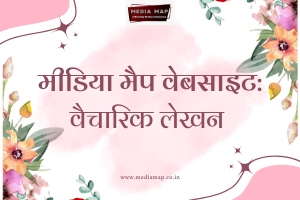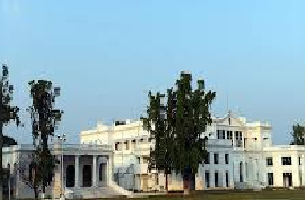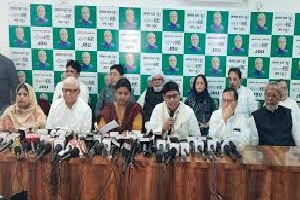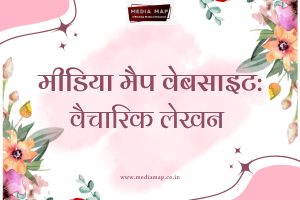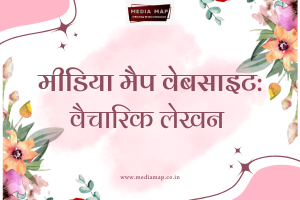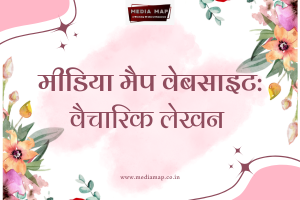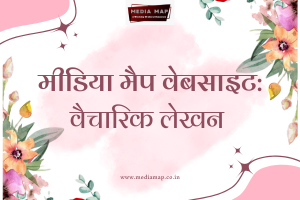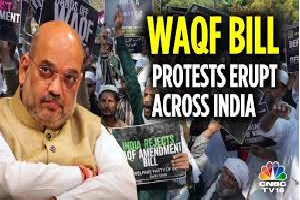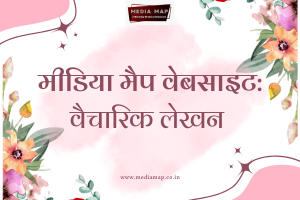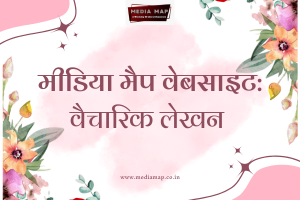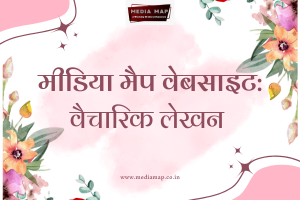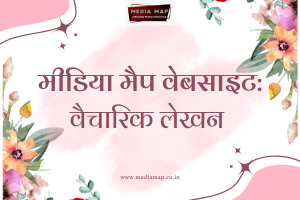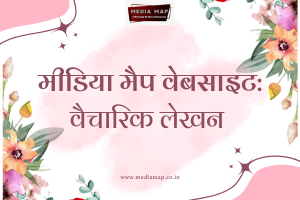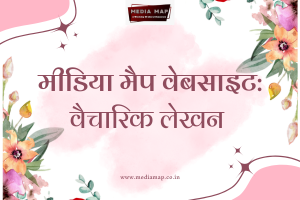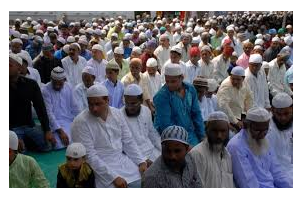18

Today’s Edition
New Delhi, 18 March 2024
N Sathiya Moorthy
It is unfortunate that in the cacophony of election humdrum and the excitement triggered by the ‘Electoral Bonds case’, the Supreme Court decision on the ‘inalienable right’ to protest and dissent went almost unnoticed.
The Supreme Court verdict says that the citizen has the ‘right to dissent’ to criticise the abrogation of Article 370 on Jammu and Kashmir. With this, the Division Bench comprising Justices O.S. Oka and Ujjal Bhuyan dismissed the case filed against Prof Javed Ahmad of Kolhapur, Maharashtra, under Section 153-A of the Indian Penal Code.
Section 153-A of the Indian Penal Code (IPC) penalises ‘promoting enmity between different groups on grounds of religion, race, place of birth, residence, language, etc’ and doing acts prejudicial to the maintenance of harmony’. The offence under this section is punishable with imprisonment up to brings or attempts to bring into hatred or contempt, or excites or attempts to excite disaffection towards the Government established by law ... shall be punished with ...imprisonment for life.’
Most democracies have this concept of ‘inalienable right to protest and dissent’. It is some weird interpretation of such a concept that nations like Canada have been adopting while ‘protecting’ anti-India Khalistani groups and their leaders. Neighbouring Sri Lanka is another victim of such partisan interpretation of the ‘right to protest’ as Diaspora Tamils also form a strong electoral constituency in nations like Canada, Australia and Norway.
Yet, the very idea of ‘right to protest’ has a special significance for India. Our freedom movement derived its spirit and soul from Gandhiji’s belief in the ‘right to dissent and protest’ against the British-India Government. To him, Satyagraha and Ahimsa were only tools of execution – or, how not to execute his idea – but the core value of his methods derived from an inalienable right to protest.
For those who do not find the time or have inclination to read Mahatma Gandhi’s book ‘My Experiments with Truth ’ may still remember that powerful one-liner from Richard Attenborough’s Gandhi:, which incidentally won multiple Oscars for 1982: ‘They may torture my body, break my bones, even kill me, then they will have my dead body. Not my obedience!’
It was no wonder thus when the Founding Fathers incorporated the following line in the Preamble of the Indian Constitution, post-Independence, guaranteeing, ‘Liberty of thought, expression, belief, faith, and worship’. In doing so, the Founding Fathers went one step further and farther than ‘inalienable right...to thought, expression, belief...’ etc. They introduced the Gandhian spirit of ‘Liberty’ to it, which went beyond the physical aspect of ‘right’, alienable or inalienable, by lending a spirit and soul to it all.
Again, for the sake of the younger generation, time used to be when public sector employees from the banks and insurance industries in particular used to hold massive protests and agitations over issues of ‘collective bargaining’ of their salaries and other benefits. They became dime a dozen in the pre-Emergency days. Marking the height of it all was the massive Railways strike of 1974, which Prime Minister Indira Gandhi diluted through a mixture of draconian measures and deceit.
It was no different in the case of the students’ movements, which in the post-Independence era found early expression first in the ‘Vimochana Samaram’, or ‘Liberation Struggle’ against the world’s first democratically-elected communist government in Kerala (1958-59) followed by the anti-Hindi agitation in neighbouring Tamil Nadu (1965), which however turned violent. y.
At the national-level, closer to the Emergency (1975-77) the ‘Gujarat agitation’ spearheaded by later-day Prime Minister Morarji Desai and the ‘JP movement’ drew largely from the local students’ movements. Later-day national leaders like Prime Minister Narendra Modi, Lalu Yadav, Mulayam Yadav, Sharad Yadav and Ramvilas Paswan were all products of these two students’ agitation that had nation-wide socio-political ramifications.
Feeling used
Yet, post-Emergency, there were no major no nation-wide agitations of the pre-emergency days in the years that followed. The notable exception was the long drawn out (1979-85) Assam Movement , and was entirely spearheaded by local students, on the ‘foreigners issue’. In more recent years, the fortnight-long pro-Jallikattu protests (2017) spread across southern Tamil Nadu were organic and were mostly violence-free.
Significantly, the Jallikattu protests marked a new turn in the ‘right to dissent’ in the country as they were launched by faceless IT professionals and other educated youth in the state, through the exclusive medium of the social media. Both in Assam and Tamil Nadu, the faceless leaders did not allow professional politicians to hijack their initiative. They remain so in the latter to date though in the former, they too entered electoral politics and got to run the state government.
But the most noticeable of them were the anti-UPA ‘apolitical’ (?) protest of Anna Hazare in national capital Delhi and the independent yet intertwined ‘Nirbhaya protests’ by students in the capital did carry the message across the country and beyond. Yet, there was no denying the left-right slogan-shouting at Anna Hazare’s protest site, which only reflected the political forces that ended up capitalising what was initially promoted as an apolitical national movement for good governance.
Suffice is to point out that at the end of it all, a dejected Anna Hazare felt used, by including the likes of Arvind Kejriwal and Kiren Bedi, that he seemingly acknowledged that he was not cut out for the dirty politics of the national capital. He went back to his native village in Maharashtra, never to be seen or even heard of again.
In the post-UPA era of the BJP-NDA government under Prime Minister Narendra Modi, the nation has witnessed two major protests, one the anti-CAA agitation by Delhi students and the two-phase farmers’ protests which is now on, again after a break. The government succeeded in partially painting the former as an anti-national initiative by Islamic ‘terror-groups’ but has not been able to show up the latter as a pro-Khalistani drive, as yet. At least, no one seems to be convinced.
It is in this context that the Supreme Court’s verdict that right to protest and dissent are ‘inalienable’ makes a lot of sense and otherwise. In an era where mass agitations have become rare and even political parties find it difficult to draw the pre-Reforms, pre-Emergency kind of crowds for their rallies, dissent has become inward-looking and individualistic. That is when judicial guarantees like the present one come to the citizen’s aid. Rather, they, at times, are the only safety-net available to individuals and institutions alike.
Public and private sector employees used to be staging massive protests across towns, cities, states and the whole country for days without end were all in a distant past with which the 90s kids and the millennial generation cannot relate at all. In the reforms era especially, the labour laws are spiked against them, and that does not exempt the public sector, either. Less said about the students and their dissent the better. Their parental generation became increasingly knowledgeable and aspiration-driven for their children even before the later were born.
Suffice to point out that the traditional left trade unions lost their say in matters relating to industrial relations even before the economic crisis of the late eighties and the consequent Reforms Regimen since the nineties. The reflection of the same is witnessed in the increasing irrelevance of the CPM in the electoral arena in the country, barring southern-most Kerala and the CPI in the traditional farm sector, all across the country.
That even at the current farmers’ agitation no one is talking about the left parties and their toilers’ trade unions go a long way in telling you what dissent and right to protest has boiled down to. All of it only goes on to in explain how precious ‘right to dissent and protest’ has become and how important judicial sanction for them too has become than any time in the post-Independence past! (Words 1330)
---------------


